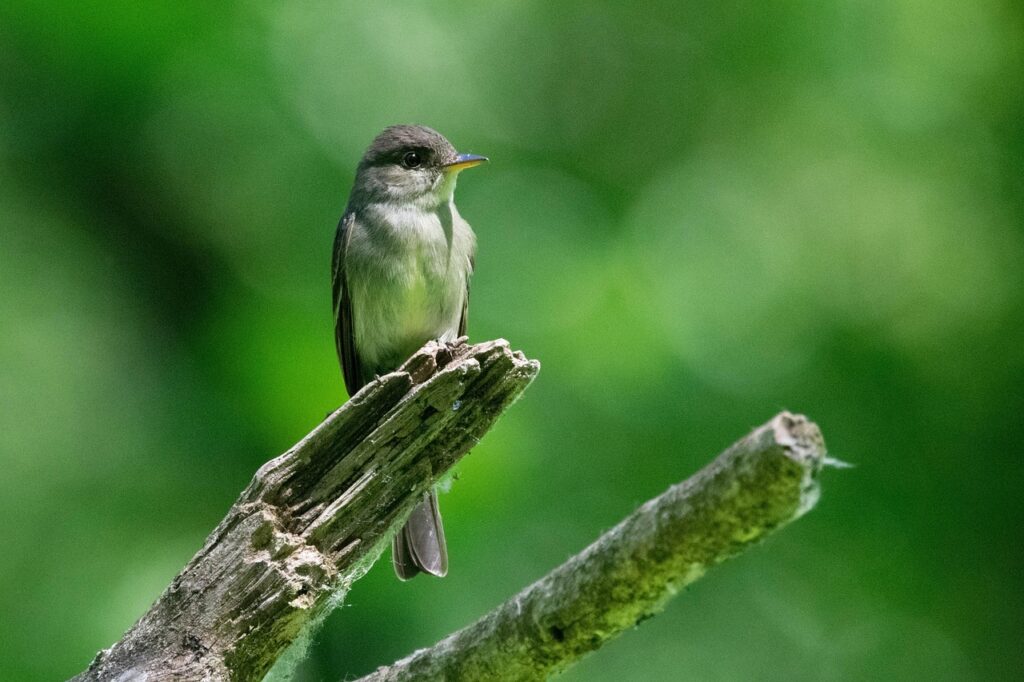The truth is that analyzing poetry is difficult. Poets say much with few words–generally. Sometimes they may even use words that are perfect for what they are saying, but that the reader has never encountered. Every word is important in a poem, so that’s where we start–making sure we understand their literal definitions. But to interpret what the poet intended means moving beyond the definitions. So, we need a method or a template to follow to help us do that. Today I’ll show you how to analyze a poem in five steps.
We begin by reading the poem, and identifying any unfamiliar words. Then we look closely at the first line, the last line, and the title. Next, we summarize each stanza. After that, we identify the figurative language and determine how it fits with what the poem is describing. Once we’ve completed these five steps, we should have at least a general understanding of the poem.

Step One: Read the Poem
First, read the poem out loud–all the way through. Write down or highlight the words you don’t understand. Most likely, they will have given you trouble in your initially reading. Look up these words using a dictionary or an online resource. Read the poem again using synonyms for the words you didn’t understand initially.
Step Two: Inspect the First line, Last Line, and Title
The title of a poem points to its theme. To get ahead in our analysis, especially since we had to spend all that time looking up words, we then look at what the poet chose to name the piece. Read the title. Make sure you understand each and every word in it. Then, take a look at the body of the poem. Is the title also written somewhere within it? Or is one word of the title in the body of the poem? If from your first impression, the title seems to have little to do with what you’ve read and understood, don’t worry about it. Move forward.
Read the last line of the poem. Compare it to the title. Read the first line of the poem. Compare that to the title. Ask yourself if there’s anything similar about the first line, the last line, and the name of the poem. Make note of your thoughts.
Step Three: Summarize the Stanzas
For this step, look at the divisions of the poem–the stanzas. Read one at a time. After reading each one, write down a possible meaning for it in your own words. If you’re not sure about one stanza, move on to the next.
Sometimes a poem is written in one long stanza. That can be a little more challenging, but we can still break that up into sections for ourselves. Read four lines at a time or read until you hit the first big break, pause or period in the poem.
Step Four: Look for Metaphors, Similes, and Personification
Great meaning is hidden in the figurative language the poet uses. Metaphor, simile, and personification are the ones most often used in poetry. Read through the poem again and see if you can find any of these.
- metaphor–a figure of speech that compares two different things by stating that one is the other, highlighting similarities for emphasis or symbolism1
- simile–a type of figurative language that describes something by comparing it to something else with the words like or as.2
- personification–a type of figurative language in which non-human things are described as having human attributes3
Once you’ve identified them, try your hand at interpreting them. What’s being compared to what? If the poet is using personification, what is being given human qualities and why? Does understanding any of these elements help you to understand the title now?
Step Five: Combine Your Findings
Finally, combine all of your findings like an investigator would. Take a look at the words you defined, your summaries, and the figurative language you uncovered. Read the title again. Make your best guess as to what this poem is trying to say. Is the poem describing a feeling or a moment in time? Could it be that the poem is making a statement about something in particular, such as death, time, or something happening in the real world?
Example Poem to Analyze
The Need of Being Versed in Country Things 4 by Robert Frost
The house had gone to bring again
To the midnight sky a sunset glow.
Now the chimney was all of the house that stood,
Like a pistil after the petals go.
The barn opposed across the way,
That would have joined the house in flame
Had it been the will of the wind, was left
To bear forsaken the place’s name.
No more it opened with all one end
For teams that came by the stony road
To drum on the floor with scurrying hoofs
And brush the mow with the summer load.
The birds that came to it through the air
At broken windows flew out and in,
Their murmur more like the sigh we sigh
From too much dwelling on what has been.
Yet for them the lilac renewed its leaf,
And the aged elm, though touched with fire;
And the dry pump flung up an awkward arm;
And the fence post carried a strand of wire.
For them there was really nothing sad.
But though they rejoiced in the nest they kept,
One had to be versed in country things
Not to believe the phoebes wept.
Practice Analysis
Step One: Read the Poem
When you read this poem out loud, you may notice that it rhymes. It has 6 stanzas of four lines each. Words that you may want to look up are the following: versed, country, pistil, scurrying, lilac, phoebes.
- versed–experienced or skilled in something
- country–districts and settlements outside large towns, cities, or the capitol
- pistil–the female organs of a flower, comprising the stigma, style, and ovary
- scurrying–moving in a hurried or confused movement
- lilac–a shrub that has cordate ovate leaves and large panicles of fragrant pinkish purple or white flowers
- ovate–having an oval outline or shape
- panicles–a loose branching cluster of flowers
- phoebe–a type of bird

Step Two: First Line, Last Line, Title
Title:
The Need of Being Versed in Country Things
First full line:
The house had gone to bring again
To the midnight sky a sunset glow.
Last full line:
But though they rejoiced in the nest they kept,
One had to be versed in country things
Not to believe the phoebes wept.
Notice that a variation of the title is in the last line of the poem.
Step Three: Summarize the Stanzas
- Stanza One: the house burned and only the chimney remains.
- Stanza Two: The barn did not catch fire.
- Stanza Three: The barn would no longer serve as a place for the horses to to come in with the harvested food from the land.
- Stanza Four: The person looking at the destruction can’t help but think about all that is lost. The birds came that morning and flew about wondering what had happened.
- Stanza Five: Despite the destruction, the birds found places to land and sit as they usually do.
- Stanza Six: If a person knows how things normally look in they country and if they had experienced it, they would know that the birds were unhappy too.
Step Four: Figurative Language
Simile
Now the chimney was all of the house that stood,
Like a pistil after the petals go
Explanation:
After the petals fall off of a flower, the pistil is visible. The chimney is like the pistil, left standing with nothing else around it.
Personification
The barn opposed across the way,
That would have joined the house in flame
Had it been the will of the wind, was left
To bear forsaken the place’s name
Explanation:
The barn is being given human qualities in that it is “bearing” the burned house’s name.
The wind is being given human qualities in that it has a will. It can decide what to destroy and what not to.
Step Five: Combine Your Findings
Findings: It seems to be that though their was a fire and most things burned, the birds are still able to live their lives with what’s left. But even though they appear to be fine, despite the destruction, if you know about country things (how things were normally), then you know that the birds were sad too. Maybe because the onlooker had seen them before and how they enjoyed their lives.
Overall Interpretation: Now the title makes sense: The Need of Being Versed in Country Things. In order to truly understand what was lost, you’d have to know what was there before.
And there you have it! We’ve just analyzed a poem in five steps.
- What Is a Metaphor? Definition and Examples. retrieved February 21, 2025. https://www.grammarly.com/blog/literary-devices/metaphor/ ↩︎
- What Are Similes? Definition and Examples. retrieved on Febrauary 21, 2025. https://www.grammarly.com/blog/literary-devices/simile/ ↩︎
- Personification. LitCharts. retrieved on February 21, 2025. https://www.litcharts.com/literary-devices-and-terms/personification ↩︎
- Robert Frost. “The Need of Being Versed in Country Things.” Poetry Foundation. retrieved February 22, 2025. https://www.poetryfoundation.org/poems/148659/the-need-of-being-versed-in-country-things ↩︎
